Media Under Scrutiny: Controversies in Journalism, AI, and Editorial Decisions
Free Speech Debate Intensifies as Sydney Student Paper Drops Guest Speaker
In an unexpected turn, Honi Soit, the University of Sydney’s student newspaper, withdrew its invitation to journalist Samantha Maiden, who had initially been invited to speak at its Student Journalism Conference in August. While organisers had previously expressed enthusiasm about her participation, calling it a highlight of the event, they later rescinded the invitation, citing concerns from the community regarding her political coverage and alleged reporting on Palestine.
As a left-wing publication, Honi Soit justified its decision by asserting that Israel is committing an ongoing genocide in Palestine and stating that Maiden’s work no longer aligns with their editorial values, making it inappropriate to offer her a platform at the conference. This decision has since ignited discussions on free speech, editorial autonomy, and the intersection of journalism and political ideology, raising broader questions about how media organisations navigate controversial topics.
Responding to the decision, Samantha Maiden expressed confusion, noting that she had not recently published anything on Palestine and questioning why differing viewpoints should matter in a journalism forum. In protest, veteran journalist David Marr withdrew from the event, arguing that deplatforming Maiden contradicted the fundamental purpose of a journalism conference, which should foster diverse and even uncomfortable discussions. Honi Soit organisers defended their decision, stating that they wished to maintain a “safe space” and avoid potential protests or boycotts. However, Marr strongly objected, questioning their definition of safety and whether they feared actual violence. He emphasised that protests are an integral part of university life and accused the organisers of hypocrisy, censoring dissenting opinions while simultaneously claiming to support free speech on Gaza. Despite the withdrawal of Maiden’s invitation, conference promotional material still listed her and Marr as speakers as of Friday.
Meanwhile, in another media-related controversy, The New York Times faced criticism for mistakenly attributing a fake Clint Eastwood interview to an Australian outlet when it originated from Austria’s Kurier. The erroneous post remained live on the NYT’s Bluesky account for days before correction. Elsewhere, tensions between News Corp and the National Rugby League (NRL) escalated, with reports indicating that Murdoch-owned newspaper executives had rejected NRL hospitality at the recent State of Origin match. The decision followed friction with Australian Rugby League Commission (ARLC) chairman Peter V’landys over investigative reports citing drug use concerns among players, based on feedback from 62% of player agents. Defending the controversial reports, Daily Telegraph editor Ben English argued that they were timely and impactful, reinforcing the idea that journalism should challenge stakeholders rather than accommodate them. In response to the tensions, some News Corp editors boycotted the State of Origin match, while chairman Lachlan Murdoch still attended, observing the event from his private suite.
The rise of artificial intelligence in Australian journalism has also drawn attention, with Guardian Australia reporting that News Corp Australia now produces around 3,000 AI-generated articles weekly. AI-generated images are becoming more commonplace, frequently replacing traditional photographs in opinion pieces, as demonstrated in a recent news.com.au article. Ironically, in another instance, a news.com.au article warning about AI replacing jobs in service industries, quoting University of Technology Sydney professor Giuseppe Carabetta, featured an AI-generated image illustrating the very trend being discussed.
Elsewhere, the Victorian Supreme Court trial of Erin Patterson, centred around a fatal beef Wellington meal, has garnered international media attention, with high-profile observers including author Helen Garner. However, several media outlets and social media users breached court-imposed suppression orders on certain names. Among the violators were Crikey and the ABC’s podcast Mushroom Case Daily, hosted by Rachael Brown and produced by Stephen Stockwell. The ABC has since corrected the breach.
In separate developments within the Australian media landscape, former Australian Financial Review editor-in-chief Michael Stutchbury, 68, has joined the Centre for Independent Studies as executive director, succeeding Tom Switzer. Earlier this year, Adam Creighton, a former economics editor and Washington correspondent for The Australian, transitioned to the Institute of Public Affairs (IPA) as senior fellow and chief economist, while continuing to write a column for The Australian.
Additionally, Kate de Brito has been appointed as deputy editor of news at the Australian Financial Review (AFR). Previously serving as editor-in-chief at news.com.au, Kidspot, and Mamamia, and holding leadership positions at News Corp and Foxtel, she replaced Jessica Gardner, who now serves as the AFR’s US correspondent. As debates over editorial autonomy, free speech, and AI’s role in journalism continue to shape the media landscape, industry observers are closely watching how news organisations adapt to these challenges.
Editor’s Note:
The evolving relationship between journalism, editorial autonomy, and free speech has become increasingly complex, with recent developments highlighting the challenges faced by media organisations in navigating politically sensitive topics. The withdrawal of journalist Samantha Maiden’s invitation by Honi Soit raises important questions about the role of student publications in fostering open discourse while managing ideological considerations. At the same time, the broader media landscape is grappling with shifting industry dynamics, from the growing integration of artificial intelligence in news production to the tensions between media organisations and public figures. Controversies surrounding press freedoms, newsroom decisions, and ethical reporting continue to shape public debate, reinforcing the need for journalism that remains committed to accuracy, transparency, and the open exchange of ideas.
Skoobuzz highlights that the way news organisations approach editorial policies, journalistic integrity, and technological advancements will play a crucial role in defining the future of media. Ensuring a balanced, informed, and independent press will be critical in maintaining trust and credibility within the industry.







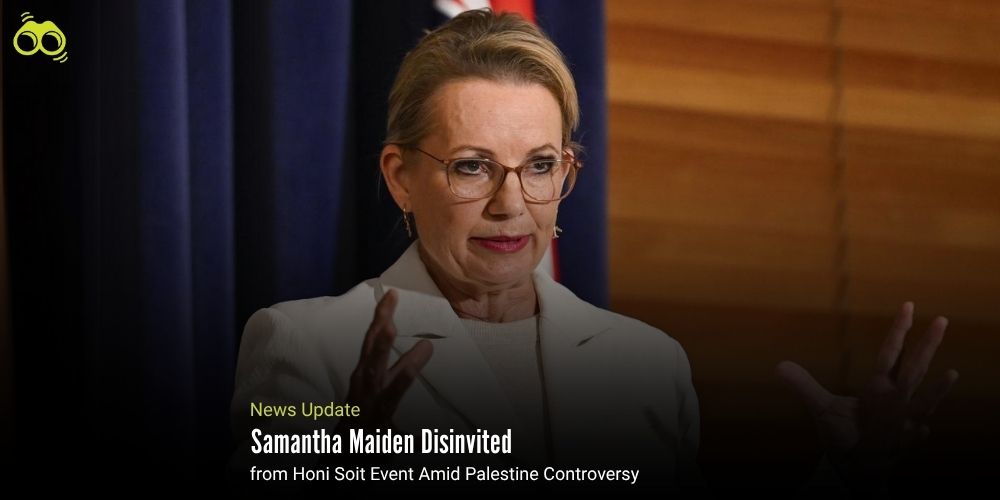
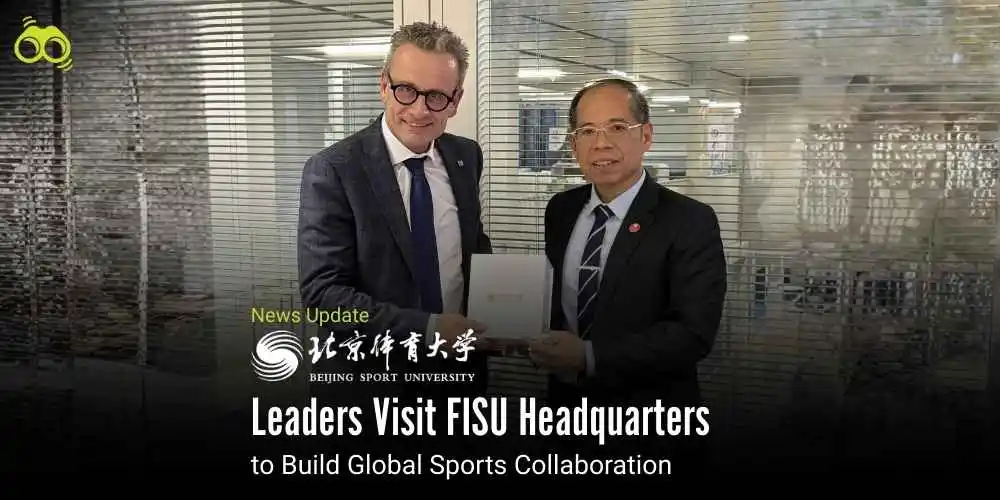
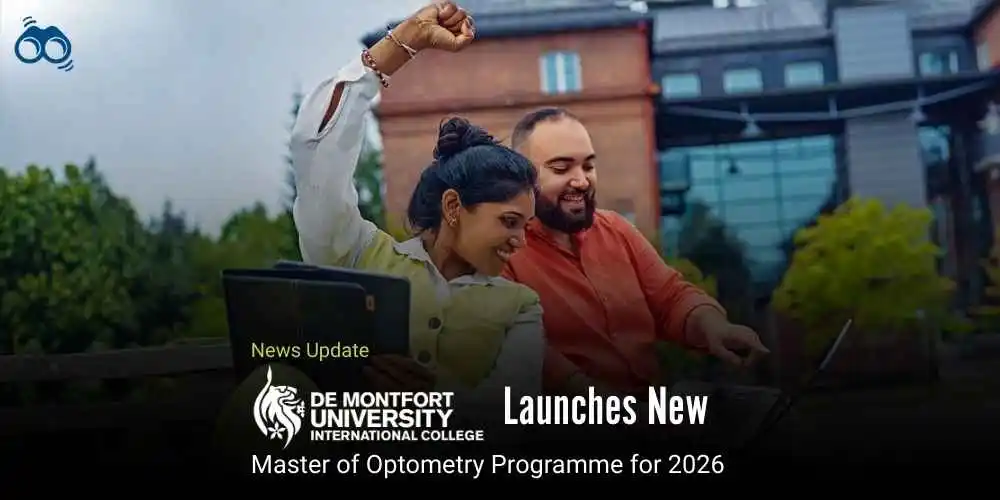
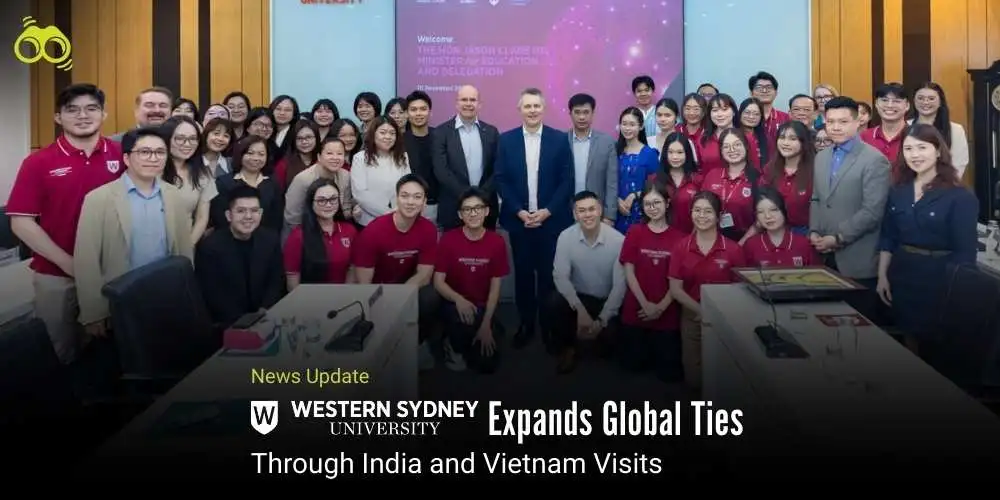
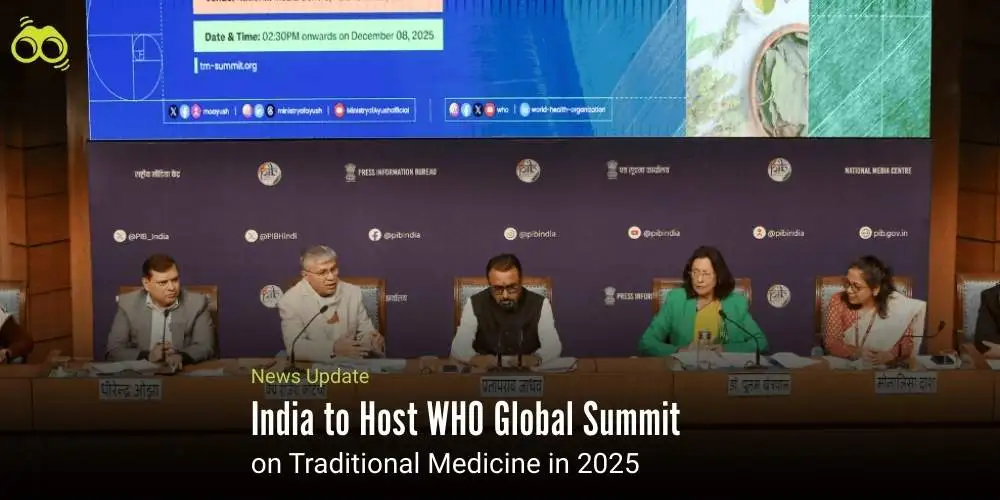
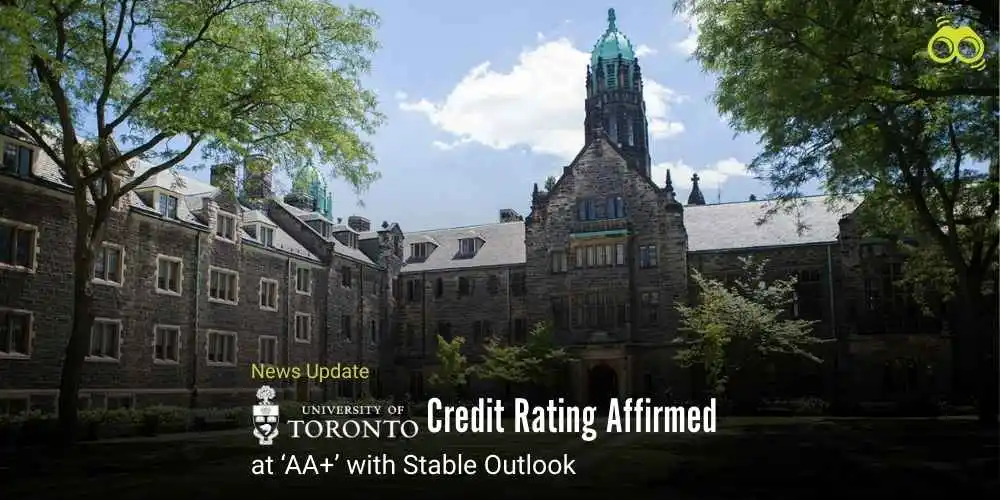

0 Comments (Please Login To Continue)